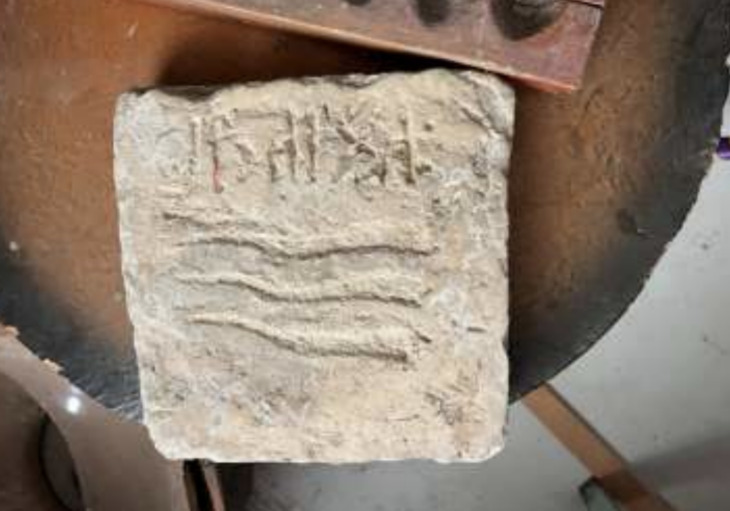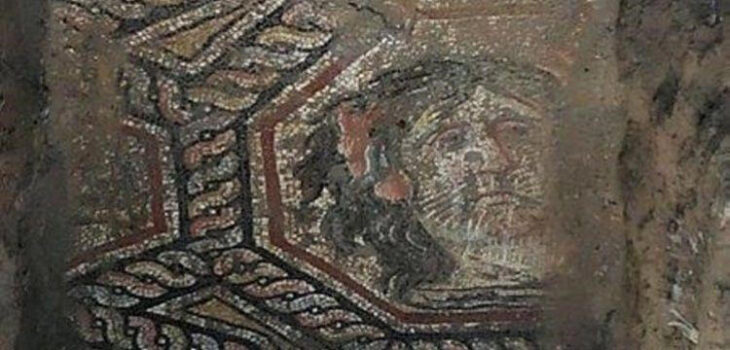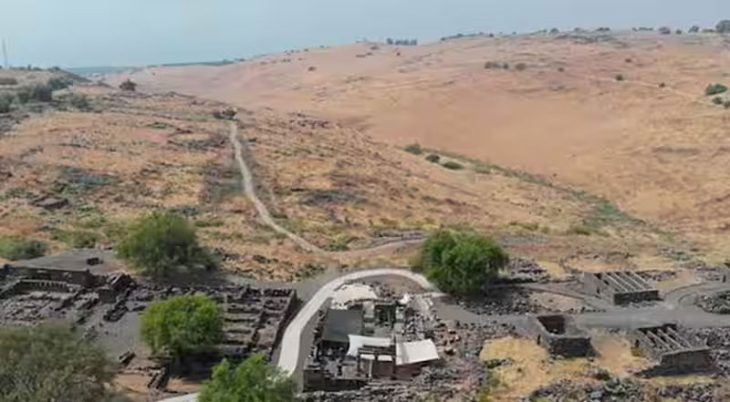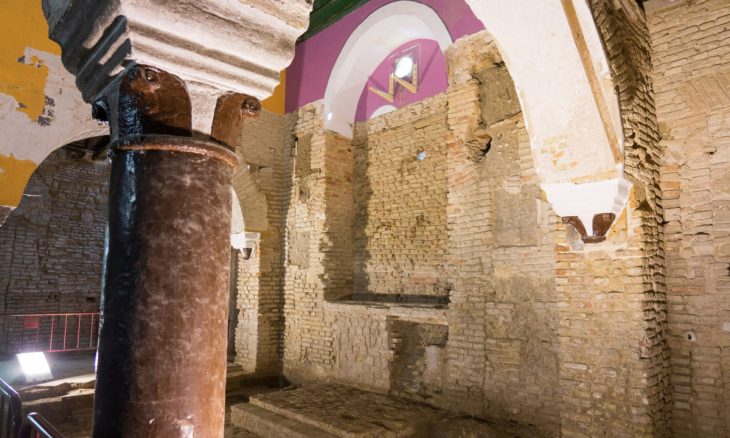At a previously unknown Roman settlement that was formerly next to a busy port but is now 10 miles from the sea, a very rare clay figurine of the god Mercury—one of less than 10 found in Britain—was found.
The settlement, located in the modern hamlet of Smallhythe (or Small Hythe), near Tenterden in Kent, is surrounded by fields but was once an important link in the Roman Empire’s import and infrastructure network in southern England and the Channel.
Smallhythe Place has been one of the most significant shipyards in medieval England. It cared for since 1947 by the National Trust.
While excavating the National Trust plot, archaeologists came across earlier evidence of a Roman settlement, in use between the 1st and 3rd centuries.
The discovery that it had previously also been the site of a Roman settlement, along with the artifacts found there, was “massively exciting”, according to Nathalie Cohen, a National Trust archaeologist.
📣 Our WhatsApp channel is now LIVE! Stay up-to-date with the latest news and updates, just click here to follow us on WhatsApp and never miss a thing!!
The settlement was small in scale and modest in prestige, said Cohen. “It’s not Roman Londinium, it’s not Cirencester. It’s a smallish settlement by a port.” That said, “it would have been vital in the logistics chain for exporting timber and iron out of [south-east England] and importing materials from the continent”.
The waterside site’s significance is further highlighted by another find from the area: a tile bearing the stamp of the Classis Britannica, the Roman fleet in Britain.

Among the finds was the head of a figurine of the god Mercury made from pipeclay. While Mercury is the most common god for metal figurines, pipeclay examples are extremely rare. Roman figurines in pipeclay were mainly used for private religious practice and placed in the graves of children.
Pipeclay figurines were made of clays local to central Gaul (modern-day France) and the Rhine-Moselle region and were imported, however, most pipeclay figurines found in Britain are of female deities, the majority being of Venus.
The 5cm-tall (2in) head of Mercury was discovered with no body. This complete figurine probably would have depicted Mercury standing, either draped with a chlamys (a short cloak), or naked, holding a caduceus (a staff with two intertwined snakes).
Mercury was the god of all the fine arts as well as commerce and financial success. Religion was an important part of daily life in most Roman provinces, and statues and portable figurines of gods, such as the one discovered at Smallhythe, were worshipped by both the Roman elite and ordinary citizens in their homes. Therefore, rather than appearing in a grand temple, experts believe that the statue is likely to have a more modest use.
“Intriguingly, it appears to have been deliberately broken, perhaps indicating a ritual significance,” said Matthew Fittock, an expert on ceramic figurines in Roman Britain. “Rather than pieces being discarded because they were broken, there is evidence to suggest that deliberately breaking some figurine heads was an important ritual practice, whereas whole figurines are usually found in graves.”
The Mercury head along with other finds from the excavation will go on show from 28 February at Smallhythe Place.
Cover Photo: © National Trust Images/James Dobson
















